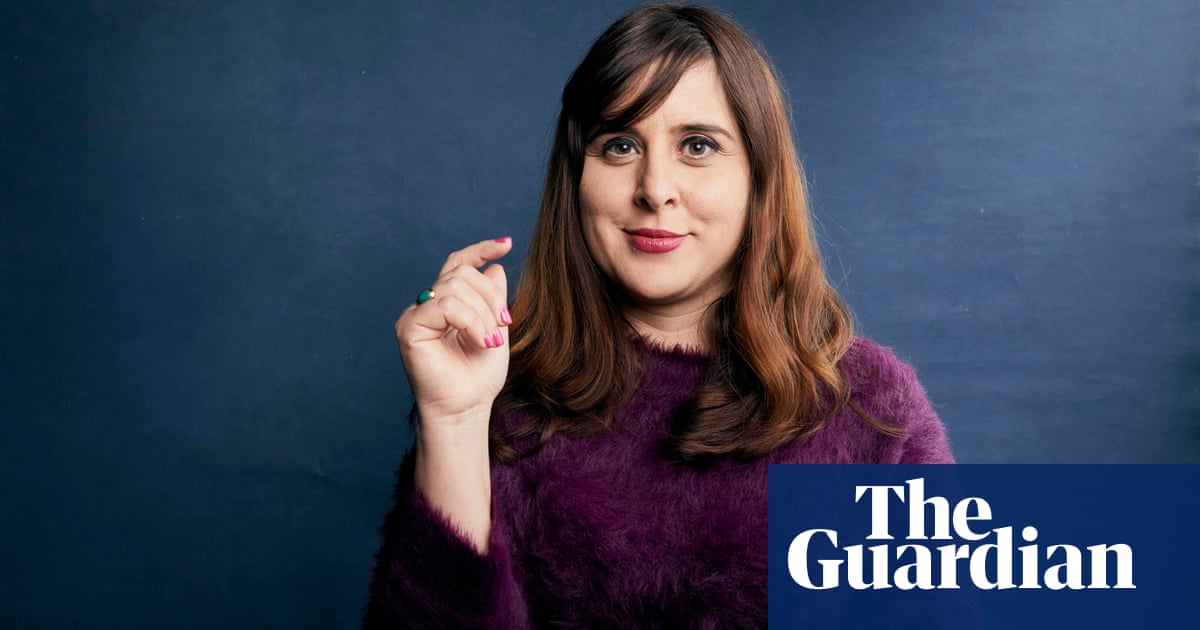When Maryam Keshavarz was a young girl growing up in New York City in the 1980s, she would spend her summer holidays travelling to Iran, from where her parents had migrated. As well as her luggage, she would fly with small plastic bags taped to her body containing objects she would smuggle into and out of Iran.
The most common thing Keshavarz was asked to bring from the US was cassette tapes featuring American pop. “I would stick them in my underwear,” she says over video call from Los Angeles, “because it was an Islamic country. They were never going to check girls’ bodies.”
Her new film, The Persian Version, revisits her days as a music mule. The story is fictional but heavily drawn from the real life of Keshavarz and her parents, who arrived in the US from Iran in 1967.
“Our lives are filled with all the basics of a great film,” the film-maker says. “Trauma, humour, survival – all the elements that make a good drama.”. In other hands, The Persian Version could easily have been a grim but worthy picture. Instead, it is playful and funny – with a fantastic soundtrack. “The thing about Cyndi Lauper that I always identified with,” says Keshavarz, “was how she embraced being different. I remember watching the video for Girls Just Want to Have Fun and it had faces from every ethnic background. I hadn’t seen that in the media, so it was so meaningful.”
The notion that someone like her could be a film director initially didn’t occur to Keshavarz. “I literally did not know any female directors,” she says. The attack on the twin towers in 2001 gave her a fresh impetus. She quit academia, she says, because “I felt that our media portrayal was pretty atrocious, so I went into film to try to get the realities of our world into the media landscape.”
Her first film was Sanctuary, a surreal 16mm fantasy about an Arab woman in post 9/11 America that earned her a place to study film at NYU. She went on to direct a documentary, The Colour of Love, about love and politics in Iran, and the 2011 drama Circumstance about two young Iranian women who begin an affair.
That film won the audience award at Sundance, as did The Persian Version last year. It was also banned in Iran – but her new film is not. Times have changed, she thinks. Even the dual languages spoken in The Persian Version present far less of a challenge to viewers than they might have a decade ago.
Playful and funny … The Persian Version. Photograph: Entertainment Pictures/Alamy“It’s not an issue any more,” says Keshavarz, “because kids are always watching everything with closed captioning. My daughter won’t watch anything if it doesn’t have it, even though it’s in English.”
The film’s origins may lie in memories of 30 years ago, but its inception comes from the state of mind in which Keshavarz found herself while Donald Trump was president. “I was so disheartened by what was going on with the Muslim ban,” she says. As with post-9/11 America, the media’s representation of people from the Middle East was, she felt, shaky.
Inspiration came in the form of another New York film-maker with an immigrant background. “Martin Scorsese was my greatest hero growing up,” she says. “He was doing stories from his culture but he was still American – and they had this epic quality to them that I just I loved.
“When I was writing the film I felt an urgent need for comedy,” she says, “an urgent need for empathy. And also an urgent need to say: ‘Goddamn, I’m a fucking American.’”
She pauses. “It’s vital that we speak those words. That that identity is not co-opted only by the right wing.”
The Persian Version is released on 22 March
∎

